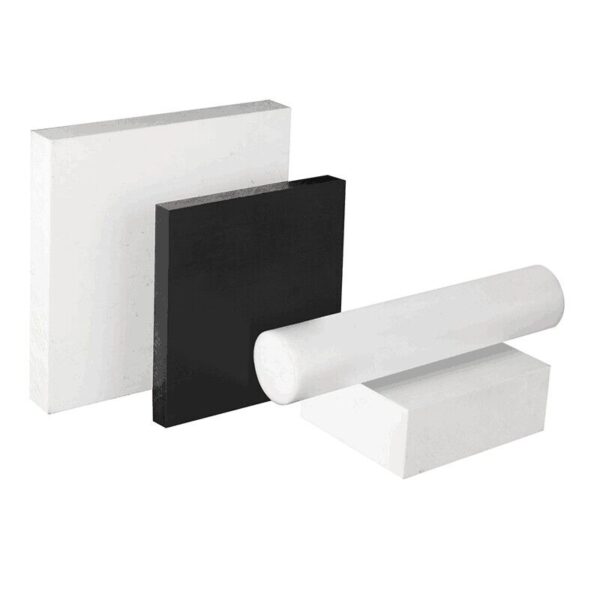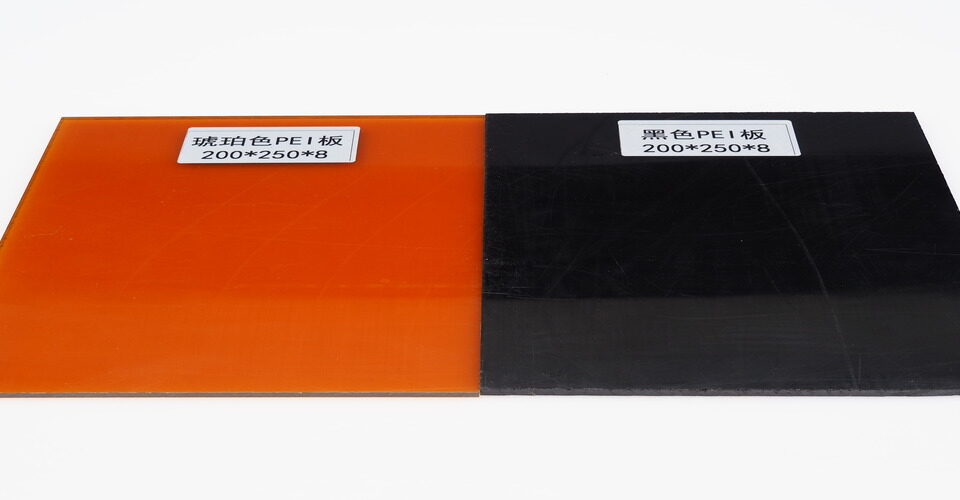
What is the raw material of PCTFE?
November 19, 2024
Why is PEEK Plastic So Expensive?
November 20, 2024PET (Polyethylene Terephthalate) plastic is widely used in everyday products, such as water bottles, food containers, and clothing fibers. While PET is recyclable and generally considered safe for food contact, its widespread use poses several environmental and health concerns.
Environmental Impact of PET
One of the biggest problems with PET plastic is its environmental impact. Although PET is technically recyclable, a large percentage of PET waste still ends up in landfills or the ocean. In fact, only about 30% of PET plastic is recycled globally, with the rest contributing to plastic pollution. PET is non-biodegradable, meaning it can persist in the environment for hundreds of years, harming wildlife and ecosystems.

Waste and Landfill Concerns
PET plastic takes hundreds of years to break down in landfills. Even when it is recycled, the process is often inefficient. PET bottles are often contaminated with other materials, making recycling challenging and less effective. Additionally, single-use PET products, such as water bottles, are often discarded after a short period, contributing to excessive waste.
Health Risks of PET Plastic
While PET is considered safe for food contact, there are concerns about chemical leaching over time, especially when exposed to high temperatures or sunlight. Some studies suggest that PET can release trace amounts of antimony, a toxic element used as a catalyst in the production of PET, potentially contaminating food or beverages.
Conclusion
PET plastic is a problem due to its environmental impact, inefficiency in recycling, and potential health risks. Reducing PET use, increasing recycling rates, and exploring alternatives are essential steps toward addressing these issues.






